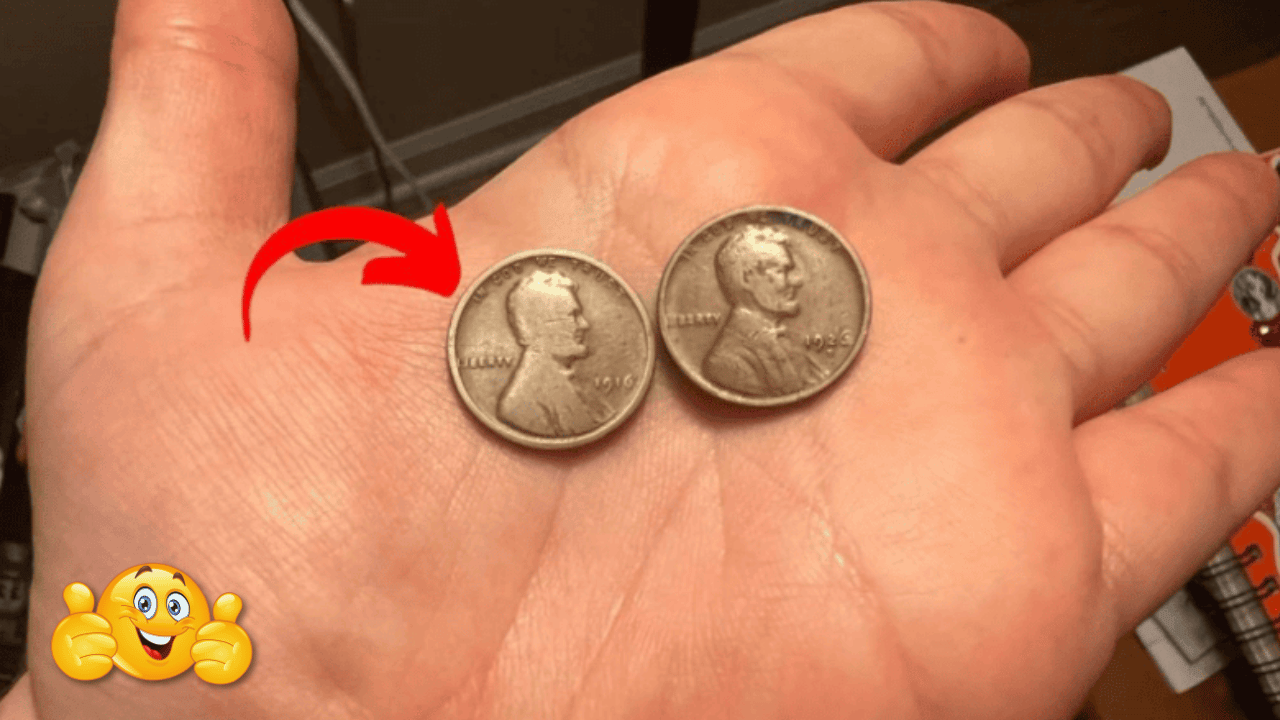Imagine this: you’re sorting through your old change jar and stumble upon a penny that looks just like any other—except this one might be worth up to $1 million. Sounds far-fetched? Not when we’re talking about the legendary 1943 bronze Lincoln Wheat Penny—one of the rarest and most valuable coins ever made in U.S. history.
If you’re thinking, “Wait, I might have one of those,” here’s what you need to know.
Why the 1943 Bronze Penny Is So Valuable
During World War II, copper was a crucial material used for ammunition and military supplies. To save copper for the war effort, the U.S. Mint switched to producing pennies from zinc-coated steel in 1943. These looked more silver than the traditional reddish-brown.
But here’s the twist: a few copper (or bronze) blanks from 1942 accidentally made it into the minting machines. That small error led to the creation of a limited number of 1943 bronze Lincoln pennies—coins that were never supposed to exist.
Because of their accidental creation and historical context, they’re now worth a fortune.
How Rare Are These Pennies?
Extremely rare. Only a few dozen genuine examples have ever been authenticated, with different values based on mint location:
| Mint Location | Mint Mark | Known Examples | Estimated Value |
|---|---|---|---|
| Philadelphia | (no mark) | Around 10–12 | Up to $1 million |
| Denver | D | 1 confirmed | $1.7 million+ |
| San Francisco | S | 6 confirmed | $500,000–$900,000 |
Even one of these coins could be sitting unnoticed in a forgotten jar or tucked away in an old coin collection.
5 Easy Tests to See If You Have the Million-Dollar Penny
Think you’ve spotted a 1943 bronze penny? Here’s how to tell:
- Check the Date
Look for the year 1943. If it’s that year and looks coppery or brown, you might be onto something. - Color Check
Steel pennies look silver-gray. Bronze pennies are reddish-brown like most regular old pennies. - Magnet Test
Steel is magnetic—bronze isn’t. If the coin doesn’t stick to a magnet, that’s a good sign. - Weigh It
Use a digital scale. Bronze pennies weigh about 3.11 grams, while steel ones weigh around 2.7 grams. - Look for the Mint Mark
Under the year on the front of the coin, check for:- No letter = Philadelphia
- “D” = Denver
- “S” = San Francisco
What to Do If You Think You Have One
So you’ve done the tests and your penny checks all the boxes—now what?
- Don’t Clean It!
This is important. Cleaning or polishing coins can destroy their value. Leave it exactly as you found it. - Get It Authenticated
Reach out to a professional grading service:- PCGS (Professional Coin Grading Service)
- NGC (Numismatic Guaranty Company)
Where to Sell It
If your coin is authenticated, you can sell it through:
- GreatCollections
- Heritage Auctions
- ANA Coin Dealer Directory (for local dealers)
These are trusted sources for handling high-value coin sales securely and professionally.
Other Valuable Pennies to Watch For
Even if you don’t have the 1943 bronze penny, there are plenty of other Wheat Pennies that might be worth something:
| Year | Mint Mark | Why It’s Valuable | Value Range |
|---|---|---|---|
| 1909-S | VDB | First year, very low mintage | $500 – $3,000+ |
| 1914 | D | Scarce date | $150 – $2,000+ |
| 1922 | No D | Minting error | $400 – $3,500+ |
| 1955 | (none) | Famous doubled die error | $1,000 – $10,000+ |
So before tossing that old coin collection or jar of change, take a closer look. There could be hidden value in plain sight.
Check Your Change—It Could Change Your Life
The 1943 bronze Lincoln Wheat Penny isn’t just a coin—it’s a historic accident turned into a million-dollar treasure. Whether you’re a seasoned collector or just cleaning out your drawer, you never know what you might find. That one copper-colored coin could be your lucky break.







